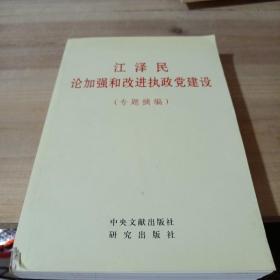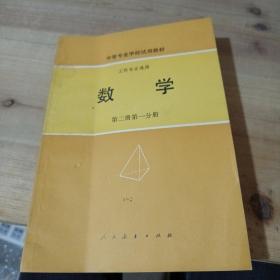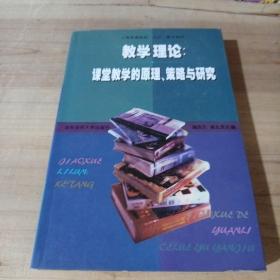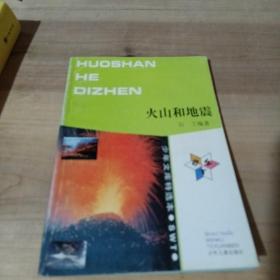
超实讲义
¥ 101 九五品
仅1件
湖南长沙
认证卖家担保交易快速发货售后保障
作者[新西兰]哥德布拉特 著
出版社世界图书出版公司
出版时间2011-04
版次1
装帧平装
货号10ff
上书时间2024-11-16
- 在售商品 暂无
- 平均发货时间 6小时
- 好评率 暂无
- 最新上架
商品详情
- 品相描述:九五品
图书标准信息
- 作者 [新西兰]哥德布拉特 著
- 出版社 世界图书出版公司
- 出版时间 2011-04
- 版次 1
- ISBN 9787510032981
- 定价 39.00元
- 装帧 平装
- 开本 24开
- 纸张 胶版纸
- 页数 289页
- 【内容简介】
-
i foundations
1 what are the hyperreals?
1.1 infinitely small and large
1.2 historical background
1.3 what is a real number?
1.4 historical references
2 large sets
2.1 infinitesimals as variable quantities
2.2 largeness
2.3 filters
2.4 examples of filters
2.5 facts about filters
2.6 zorn's lemma
2.7 exercises on filters
3 ultrapower construction of the hyperreals
3.1 the ring of real-valued sequences
3.2 equivalence modulo an ultrafilter
3.3 exercises on almost-everywhereagreement
3.4 a suggestive logical notation
3.5 exercises on statement values
3.6 the ultrapower
3.7 including the reals in the hyperreals
3.8 infinitesimals and unlimited numbers
3.9 enlarging sets
3.10 exercises on enlargement
3.11 extending functions
3.12 exercises on extensions
3.13 partial functions and hypersequences
3.14 enlarging relations
3.15 exercises on enlarged relations
3.16 is the hyperreal system unique?
4 the transfer principle
4.1 transforming statements
4.2 relational structures
4.3 the language of a relational structure
4.4 *-transforms
4.5 the transfer principle
4.6 justifying transfer
4.7 extending transfer
5 hyperreals great and small
5.1 (un)limited, infinitesimal, and appreciablenumbers
5.2 arithmetic of hyperreals
5.3 on the use of "finite" and "infinite"
5.4 halos, galaxies, and real comparisons
5.5 exercises on halos and galaxies
5.6 shadows
5.7 exercises on infinite closeness
5.8 shadows and completeness
5.9 exercise on dedekind completeness
5.10 the hypernaturals
5.11 exercises on hyperintegers and primes
5.12 on the existence of infinitely manyprimes
ii basic analysis
6 convergence of sequences and series
6.1 convergence
6.2 monotone convergence
6.3 limits
6.4 boundedness and divergence
6.5 cauchy sequences
6.6 cluster points
6.7 exercises on limits and cluster points
6.8 limits superior and inferior
6.9 exercises on lim sup and lim inf
6.10 series
6.11 exercises on convergence of series
7 continuous functions
7.1 cauchy's account of continuity
7.2 continuity of the sine function
7.3 limits of functions
7.4 exercises on limits
7.5 the intermediate value theorem
7.6 the extreme value theorem
7.7 uniform continuity
7.8 exercises on uniform continuity
7.9 contraction mappings and fixed points
7.10 a first look at permanence
7.11 exercises on permanence of functions
7.12 sequences of functions
7.13 continuity of a uniform limit
7.14 continuity in the extendedhypersequence
7.15 was cauchy right?
8 differentiation
8.1 the derivative
8.2 increments and differentials
8.3 rules for derivatives
8.4 chain rule
8.5 critical point theorem
8.6 inverse function theorem
8.7 partial derivatives
8.8 exercises on partial derivatives
8.9 taylor series
8.10 incremental approximation by taylor'sformula
8.11 extending the incremental equation
8.12 exercises on increments andderivatives
9 the riemann integral
9.1 riemann sums
9.2 the integral as the shadow of riemannsums
9.3 standard properties of the integral
9.4 differentiating the area function
9.5 exercise on average function values
10 topology of the reals
10.1 interior, closure, and limit points
10.2 open and closed sets
10.3 compactness
10.4 compactness and (uniform) continuity
10.5 topologies on the hyperreals
iii internal and external entities
iv nonstandard frameworks
v applications
index
点击展开
点击收起
— 没有更多了 —



















以下为对购买帮助不大的评价